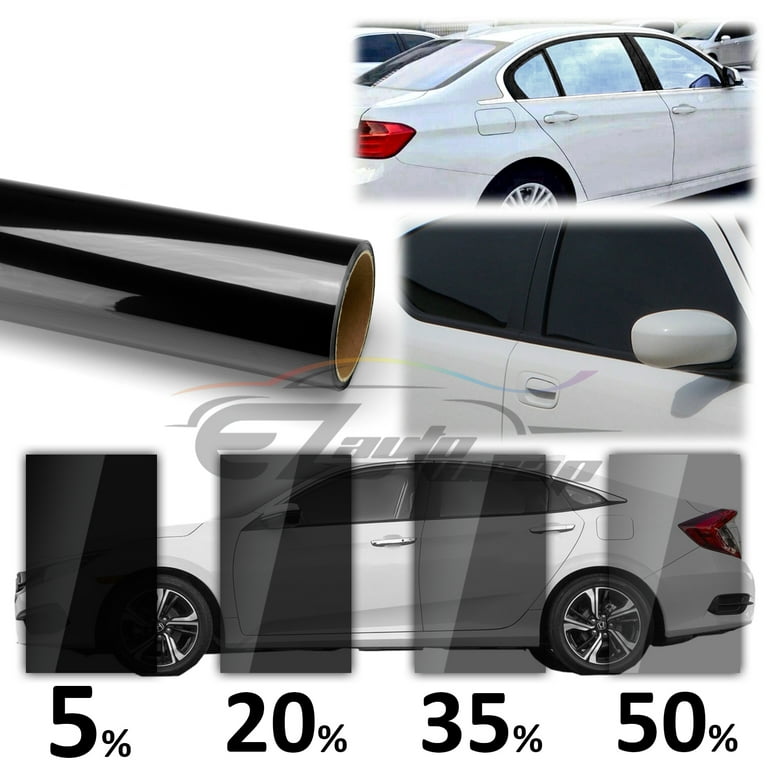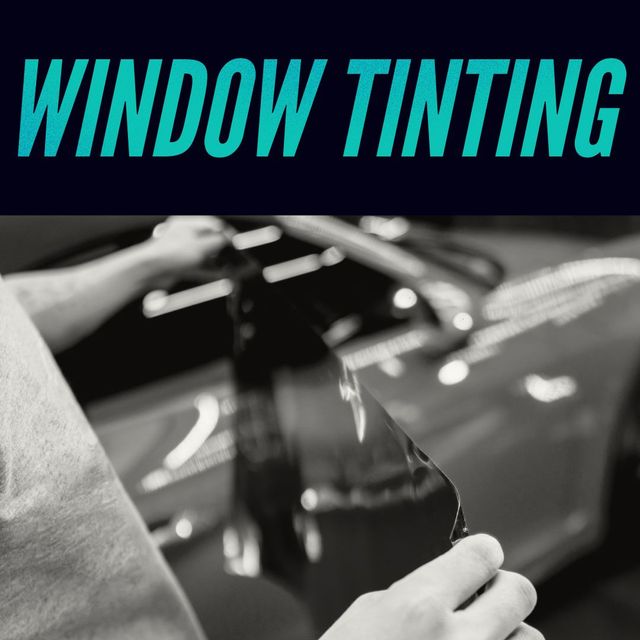Exactly How Auto Window Tinting Secures Your Car's Inside
Exactly How Auto Window Tinting Secures Your Car's Inside
Blog Article
Home Window Tinting Regulations and Guidelines: What You Need to Know Before Tinting Your Automobile
Prior to proceeding with window tinting for your car, it is important to acquaint on your own with the diverse laws and guidelines that regulate this technique across different states. These policies dictate the acceptable degrees of color darkness, usually measured by visible light transmission (VLT) portions, and consist of specific terms for front windshields aimed at making certain road safety.
Introduction of Home Window Tinting Laws
Window tinting regulations are often based on variant throughout different territories, reflecting local regulations and safety considerations. These laws determine the permissible levels of color darkness and reflectiveness on lorry home windows, making certain that drivers preserve sufficient presence while also protecting against hazardous UV rays and warmth.
Many regulations categorize window tinting based upon the Visible Light Transmission (VLT) portion, which suggests the quantity of light that can travel through the window. Usually, reduced VLT portions signify darker colors. Legislations often set apart in between the front, side, and rear home windows, with stricter limitations related to the front windscreen to improve security for both the motorist and various other road users.
Additionally, some territories impose limitations on the reflectivity of the tint, avoiding extreme glow that can hinder presence. Exceptions to these regulations might exist for individuals with certain medical problems needing extra sunlight security. Compliance with window tinting policies is crucial, as infractions can result in penalties, required removal of the tint, and possible boosts in insurance premiums. It is necessary for automobile proprietors to familiarize themselves with regional regulations prior to proceeding with window tinting installments.
State-by-State Color Rules
Understanding the specific window tinting laws in each state is vital for car owners seeking to abide by the law. Each state in the united state has actually established its own set of rules governing home window tinting, which can differ substantially. These regulations commonly dictate the allowable degrees of color darkness, the kinds of windows that can be tinted, and any kind of medical exceptions that may apply.
For instance, states like California have rigorous constraints on color darkness for front windows, while others, such as New Mexico, may permit darker colors. Furthermore, certain states mandate specific visibility portions for numerous home windows, including the windscreen, front side windows, and rear home windows. It is vital for vehicle proprietors to acquaint themselves with their state's legislations to stay clear of potential penalties or penalties.
Furthermore, some states may call for a certification sticker to be positioned on colored windows, suggesting conformity with state regulations. Failing to comply with these guidelines not just takes the chance of lawful consequences but can also influence safety and exposure while driving. As a result, car proprietors ought to conduct thorough research study or speak with neighborhood authorities to ensure complete understanding and conformity with state-by-state tint regulations.
Allowed Tint Kinds and degrees
Numerous automobile proprietors might be surprised to learn that enabled color levels and kinds vary commonly throughout different states. Each state has actually established its own guidelines pertaining to the permissible darkness and reflectivity of window tint, often determined by Visible Light Transmission (VLT) percents. VLT refers to the amount of light that can go through the colored windows; hence, a reduced portion shows a darker color.

Furthermore, the kinds of color materials enabled can differ, with some states restricting metallic or mirror-like finishes. It is important for vehicle proprietors to acquaint themselves with their state's details legislations to guarantee compliance. Non-compliance can cause penalties, obligatory removal of the tint, or other legal consequences, making it advice essential to comprehend these guidelines prior to proceeding with installation.
Medical Exceptions for Tinting
While not all states provide allocations for clinical exceptions regarding window tinting, those that do acknowledge the need for specific individuals to enhance exposure and comfort as a result of medical conditions. Different medical conditions, such as lupus, skin cancer cells, and particular eye problems, can render individuals especially delicate to sunshine. Consequently, these people may call for darker colors to shield themselves from hazardous UV rays and glow.

It is very important to keep in mind that despite having a clinical exception, there may still be limitations on the degree of tint permitted. Conformity with state laws makes sure that people are both secured and within lawful limitations. Those thinking about medical exceptions ought to call their regional Division of Electric motor Vehicles or equal authority to comprehend the treatments and requirements needed to apply for an exception successfully.
Fines for Non-Compliance
Failing to abide by home window tinting legislations can cause significant charges, which differ by state. Regulation enforcement agencies are empowered to provide citations for cars that do not comply with the defined tinting guidelines. These fines normally include fines, which can range from moderate quantities to numerous hundred dollars, depending upon the extent of the violation and the state concerned.
In some jurisdictions, duplicated offenses might result in escalating fines or additional fines, such as obligatory court appearances. Moreover, non-compliance may necessitate the elimination of unlawful tinting, often at the proprietor's cost. In extreme cases, regular offenders might encounter suspension of their automobile enrollment up until compliance is attained.
Additionally, insurance policy effects may develop from getting several citations for window color offenses. Insurance providers might watch such violations as an indicator of riskier habits, potentially leading to raised costs or difficulty in protection.
To avoid these penalties, it is critical for car owners to familiarize themselves with their regional window tinting regulations and guarantee that their lorry complies (Window Tinting). This aggressive strategy not only prevents lawful implications but also promotes road safety and security
Verdict

Most policies classify window tinting based on the Visible Light Transmission (VLT) percent, which shows the amount of light that can pass with the window. Compliance with home window tinting laws is critical, as violations can result in fines, mandatory elimination of the tint, and possible boosts in insurance coverage costs.Recognizing the certain home window tinting policies in each state is important for automobile proprietors looking for to abide with the regulation. These laws commonly determine the allowed degrees of color darkness, the kinds of home windows that can be tinted, and any kind of clinical exemptions that may apply.
For circumstances, states like The golden state have rigid constraints on color darkness for front home windows, while others, such as New Mexico, might permit darker tints.
Report this page